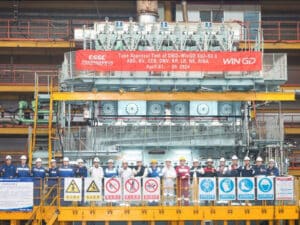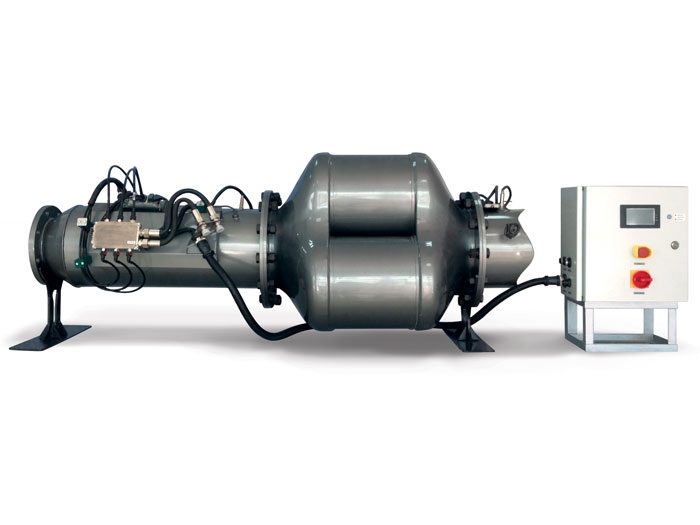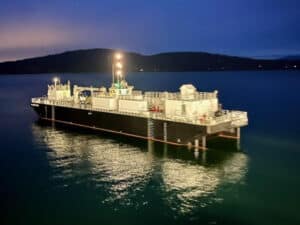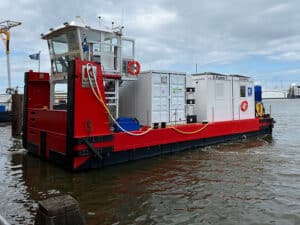
Tenneco SCR gains key ABS certifications
Written by Nick Blenkey
JULY 14, 2015 — Tenneco (NYSE: TEN), a global supplier of clean air after-treatment technologies, has been granted three product design assessment (PDA) certificates by ABS for its new selective catalytic reduction (SCR) system for marine engines.
The PDA certificates cover key components of the system, including the complete dosing and control system, injectors, load sensors and the human machine interface (HMI) remote monitor, as well as catalyst and reactor hardware configurations for both EPA and IMO applications.
“We’re very pleased to earn this assessment from the ABS. This important classification demonstrates to our customers that Tenneco’s SCR system design has met the standards set forth by one of the world’s leading maritime classification societies,” said Ben Patel, Tenneco vice president, Clean Air, global research, development and systems integration.
Tenneco’s SCR aftertreatment system features a complete dosing control solution specifically designed for marine engine applications up to 7,500 kW or 10,000 hp.
The system is designed to enable propulsion and auxiliary engines to meet EPA Tier IV and IMO Tier III regulatory requirements and provide precise and reliable delivery of liquid urea via a proprietary, high-performance injector design, a precision mechatronic fluid delivery pump and customizable remote monitoring and controls.
In the past year, the company has conducted a series of field tests to demonstrate how the system’s form, fit, function and performance capabilities can be easily integrated into a vessel’s engine and control architecture.
Field tests were conducted in 2014 on a 224 ft Great Lakes training vessel powered by four 800 horsepower, circa 1984 Tier 0 engines. In a series of validation tests, including the ISO 8178 E2 cycle, when one of the engines was outfitted with the aftertreatment system, the engine met all criteria for IMO Tier III including NOx and SOx.
In 2015, additional field tests are currently underway on a similar training vessel in the Gulf of Mexico powered by the same type of engines. Initial testing has produced results that meet EPA Tier IV emission levels.
In addition to the ABS, Tenneco’s large engine SCR system is designed to meet the requirements of other major maritime classification societies including DNV GL, KR and Class NK.
Tenneco says the SCR system’s modular design enables seamless integration for a broad range of engine sizes and works with electrically or mechanically controlled engines. It has been validated for durability and all components are easy to maintain and service without the need for special tools.
The fluid delivery system with dosing control software is capable of managing multiple injection points and sensors. The system can support urea flows up to 120 meters, which enables a wide array of installation options. Airless urea injection provides high dosing accuracy and consistency without the need for designated compressed air.
The system’s unique Human Machine Interface (HMI) can be accessed on the front of the fluid delivery box or remotely via a touch screen tablet. It features an easy-to-use interface to access onboard diagnostic functions and to monitor all system parameters including but not limited to NOx reduction performance and urea concentration levels in real time.





Leave a Reply
You must be logged in to post a comment.